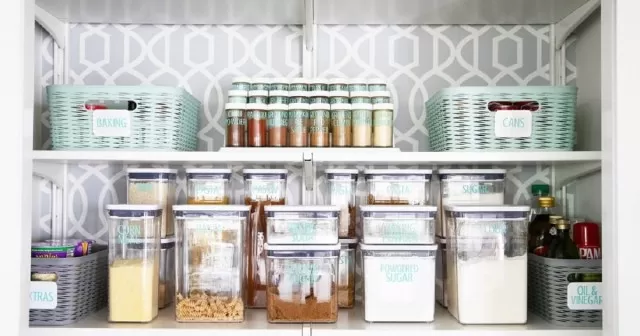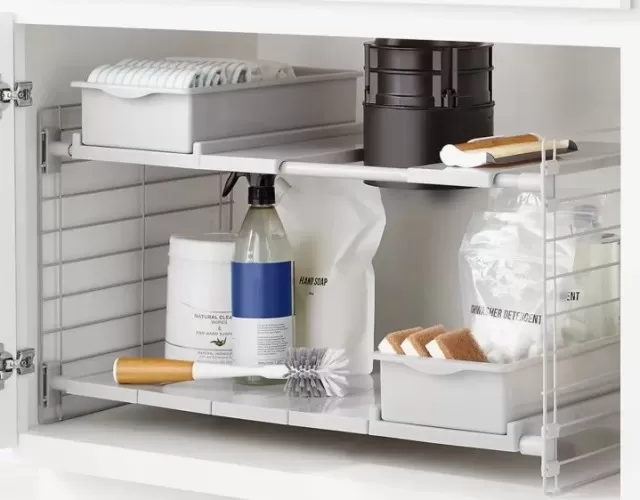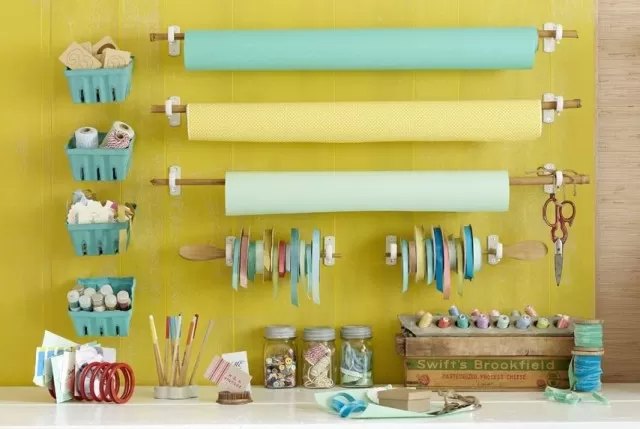To organize a home may seem like a simple task, but without a clear plan, even the most straightforward storage solutions can lead to clutter.

From piles of papers to overflowing junk drawers and baskets of outgrown clothes, it’s important to be mindful of common mistakes that can contribute to a messy space and increased stress.
Fortunately, there are simple fixes you can implement to Streamline Your Living Environment and create a more organized and stress-free home.
Unintentionally, clutter can accumulate in our homes, starting with small piles of papers, junk drawers filled with miscellaneous items, or baskets overflowing with clothes that no longer fit.
Without effective organization strategies, even the simplest storage solutions can quickly turn into cluttered messes. Beyond visual chaos, a disorganized space can also contribute to increased stress levels in our daily lives.
To help you avoid these pitfalls, here are some common mistakes people make when organizing their homes, along with simple solutions to streamline your space and bring order back into your life.
Remember, organizing is an ongoing process that requires attention and effort.
By avoiding these common mistakes and implementing simple fixes, you can create a more streamlined and stress-free living environment. Prioritize functionality, let go of unused items, establish consistent organizing habits, and personalize your organization strategies to reclaim control over your space.
7 Worst Mistakes When You Organize Home

Avoid Unrealistic Expectations.
It’s easy to be enticed by the picture-perfect homes showcased in magazines and show houses, but it’s important to remember that those spaces are not lived in.
Instead of trying to replicate an unattainable level of perfection, focus on finding storage solutions that are tailored to your home, family, and belongings. Customize your organization techniques based on your specific needs and commit to a regular cleaning routine to ensure everything is put back in its designated place.
Letting Go of Unused Items.
When organizing, it’s essential to assess not only damaged or outdated items but also those that are in good condition but rarely used.
Take everything out of an area and ask yourself if you genuinely need each item. For clothing, consider the fit and whether you’ve worn them within the past year.
Be realistic about what you will use in the future before returning items to their designated spot. If you have accumulated specialty Small Appliances that are rarely used, consider paring them down to only the ones that see regular use.
Embrace a Mix of Storage Types.
While the instinct may be to hide everything behind closed doors for a streamlined appearance, relying solely on closed storage can result in forgotten or discarded items.
Incorporate a combination of open and closed storage throughout your home to improve accessibility to frequently used items while concealing bulkier or less attractive items. open shelves in the kitchen, for example, allow for easy access to coffee mugs, while base cabinetry and drawers are ideal for storing cleaning supplies, formal tableware, and cookware.
Organize Papers Properly.
Avoid piling up papers and risking missed payments or lost correspondence.
Instead, create a command center where you can sort mail into categories upon arrival. Consider digitizing receipts and documents to reduce the need for physical copies.
Remember to shred any paper items containing personal information before discarding them.

Make Decluttering a Regular Habit.
Rather than relegating decluttering to a single day or occasional events, make it a regular part of your routine.
Set aside time throughout the year to declutter different areas of your home or tackle smaller organizational tasks. As you acquire new items, consider where you will store them and whether there are similar items you can donate to make room for the new ones.
By actively organizing on an ongoing basis, you’ll prevent the accumulation of unwanted or duplicate items that require a massive decluttering effort.
Measure Before Purchasing Storage Solutions.
When selecting storage helpers like shoe racks, door organizers, or shelf risers, be sure to measure the spaces where you plan to use them.
Take detailed measurements of cabinets, drawers, and closets, and consider the size of the items you intend to store. Ensure that the storage items you purchase fit the available space without causing accessibility issues.
Double-check measurements and consider factors like doorknob placement, depth, and frame compatibility to avoid creating additional problems.
Keep Donations Visible.
Instead of stashing items earmarked for donation in a hidden location, maintain a visible container specifically for donations.
This can be a basket or bin that serves as a collection point for items you no longer need. Once the container is full, promptly make a trip to donate the items to a local thrift store, resale clothing shop, or shelter.
Avoid letting unwanted items accumulate and contribute to clutter by promptly removing them from your living space.
*The information is for reference only.